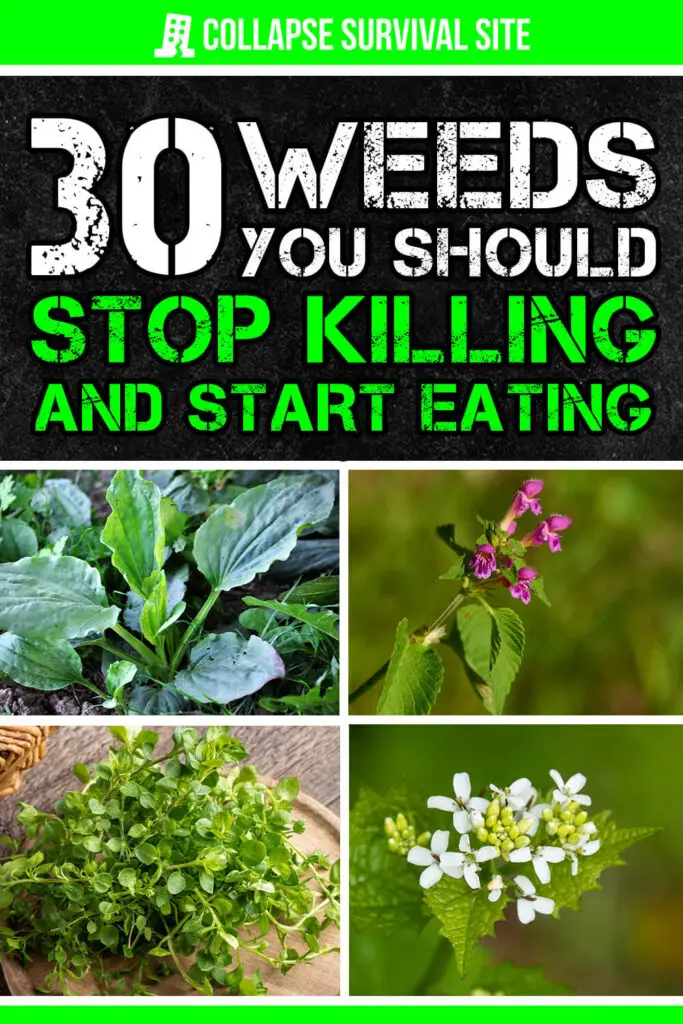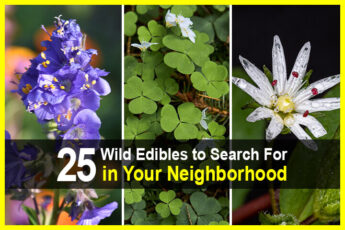Estimated reading time: 16 minutes
Dandelions, plantain, purslane, chickweed, and mallow are all considered weeds by many people. But did you know that these so-called weeds are actually edible?
Not only are they edible, but they're also packed with nutrients that are good for your health. So before you reach for the weed killer next time you see one of these plants in your garden, consider pulling it up and adding it to your dinner instead.
You may be surprised to learn that many of the weeds in your garden are actually edible! With a little bit of know-how, you can turn these pesky plants into a delicious and nutritious meal.
Want to save this post for later? Click Here to Pin It On Pinterest!
1. Dandelion Greens
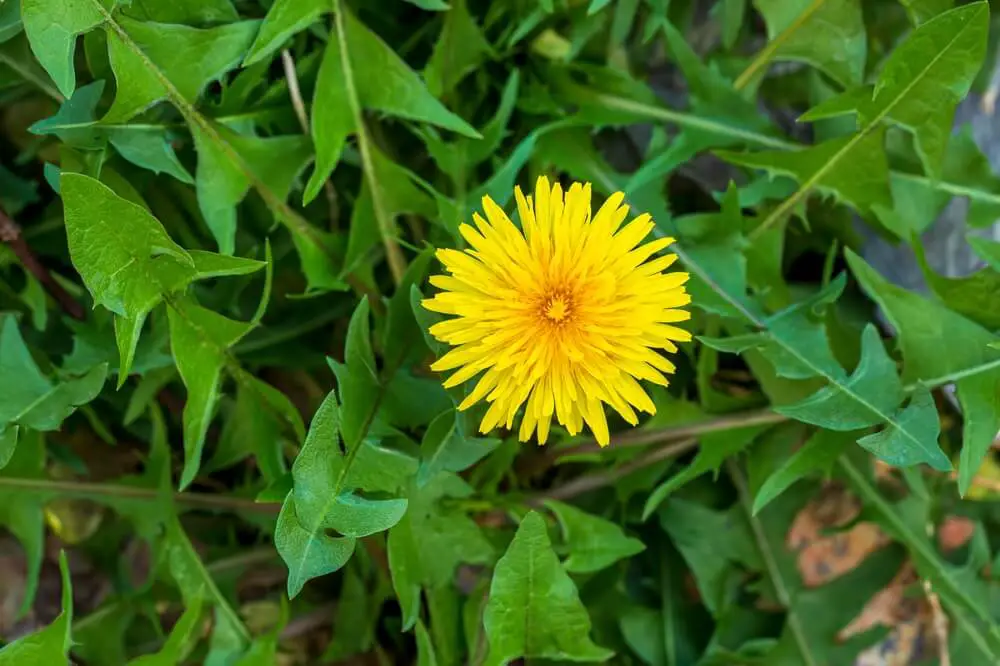
Dandelion greens are an excellent source of vitamins A, C, and K. They also contain calcium, iron, and fiber. You can eat dandelion greens raw in salads or cook them like you would any other green vegetable.
2. Plantain Leaves

Plantain leaves contain vitamins A and C, as well as potassium and magnesium. These nutrients make plantain leaves a great home remedy for insect bites, poison ivy, and other skin irritations. You can eat plantain leaves raw or cooked. Be sure to remove the tough central vein before eating cooked plantain leaves.
3. Purslane
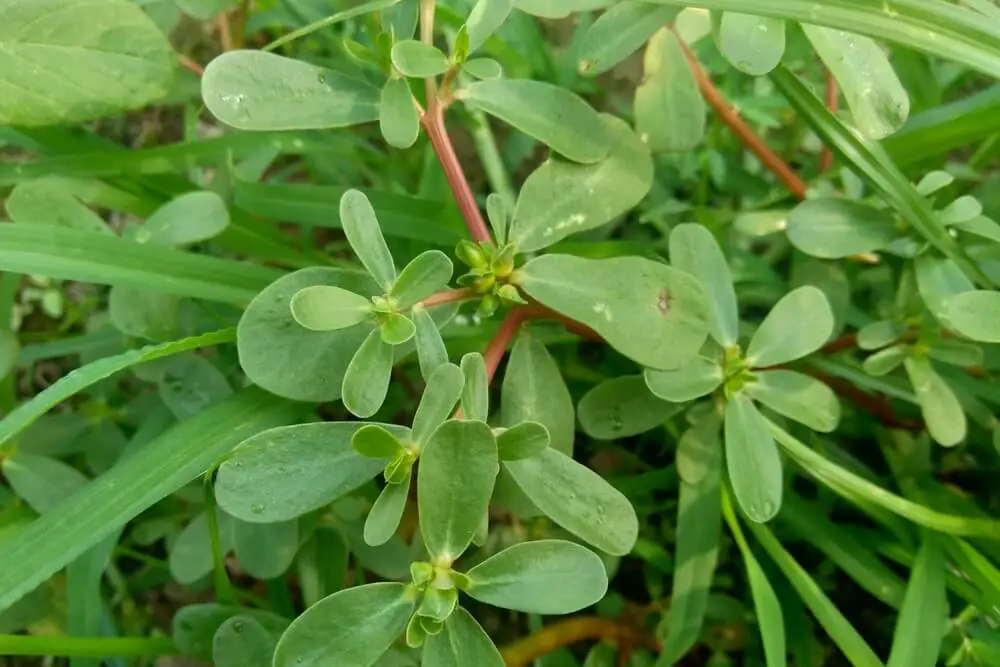
Purslane is a succulent herb that is high in vitamins A, C, and E, as well as omega-3 fatty acids. It has a mild, lemony flavor and can be eaten raw in salads or added to soups and stews.
4. Chickweed
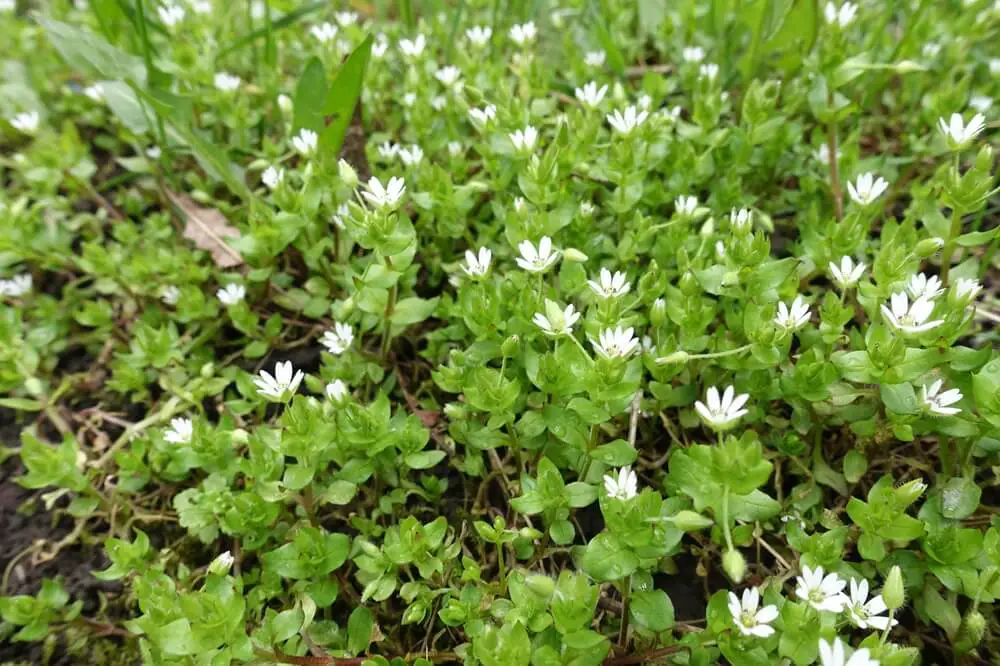
Chickweed is high in vitamins C and A, as well as iron and magnesium. It has a slightly sweet flavor and can be eaten raw in salads or used as a garnish on soup or other dishes.
5. Mallow Flowers & Leaves
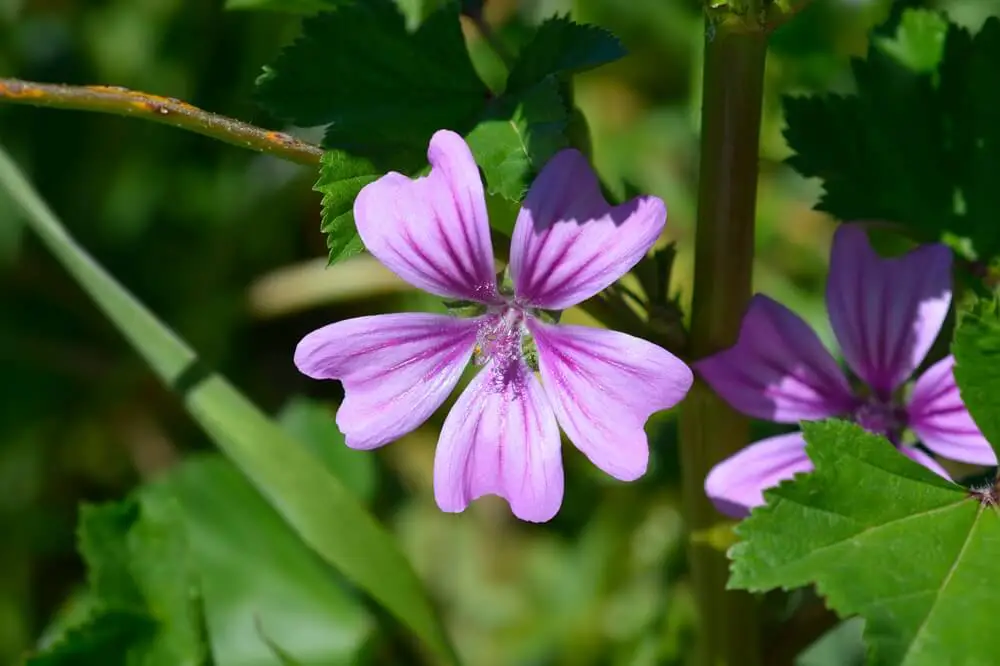
Mallow flowers & leaves contain vitamins A and C, as well as calcium and iron. They have a sweet flavor similar to that of honey. Mallow flowers & leaves can be eaten raw or cooked. If cooking mallow flowers & leaves, be sure to remove the tough central vein first.
6. Bittercress

This weed is often found in gardens and is easily identifiable by its small, white flowers. The entire plant is edible, and can be used in salads or as a garnish. Bittercress is a good source of vitamins A and C, as well as calcium and iron.
7. Dead Nettle
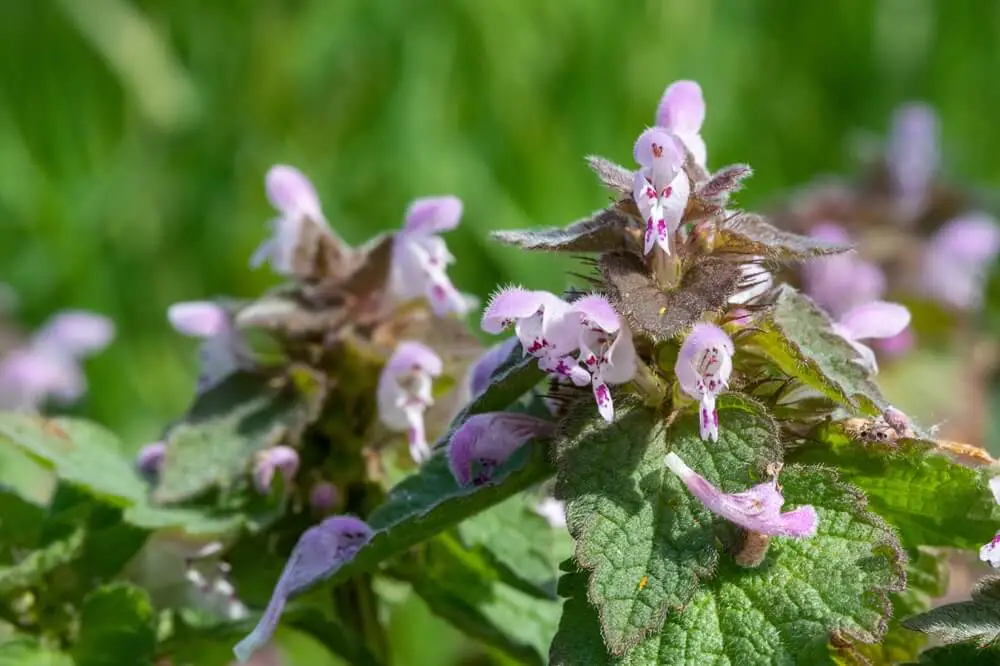
Dead nettle is a herb that is frequently used in soups and stews. It has a similar appearance to mint, but doesn't have the same strong flavor. Dead nettle is an excellent source of vitamins A and C, as well as magnesium, potassium, and calcium.
8. Dock
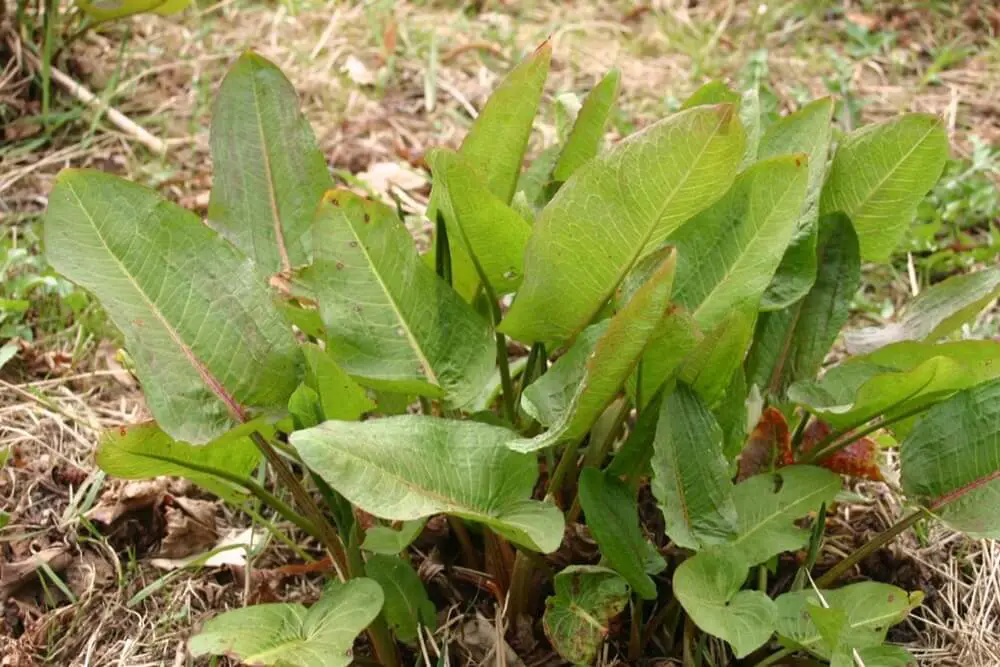
Dock leaves are most commonly used in salads or as wraps for other ingredients. They have a slightly bitter taste, but this can be offset by using them in conjunction with other flavors. Dock leaves are an excellent source of vitamins A and C, as well as iron and calcium.
9. Japanese Honeysuckle

Japanese honeysuckle is a vine that is commonly found growing in wooded areas. The flowers and berries of this plant are edible, and can be used to make jams or jellies. Japanese honeysuckle is an excellent source of vitamin C, as well as zinc and copper.
10. Lamb’s Quarters
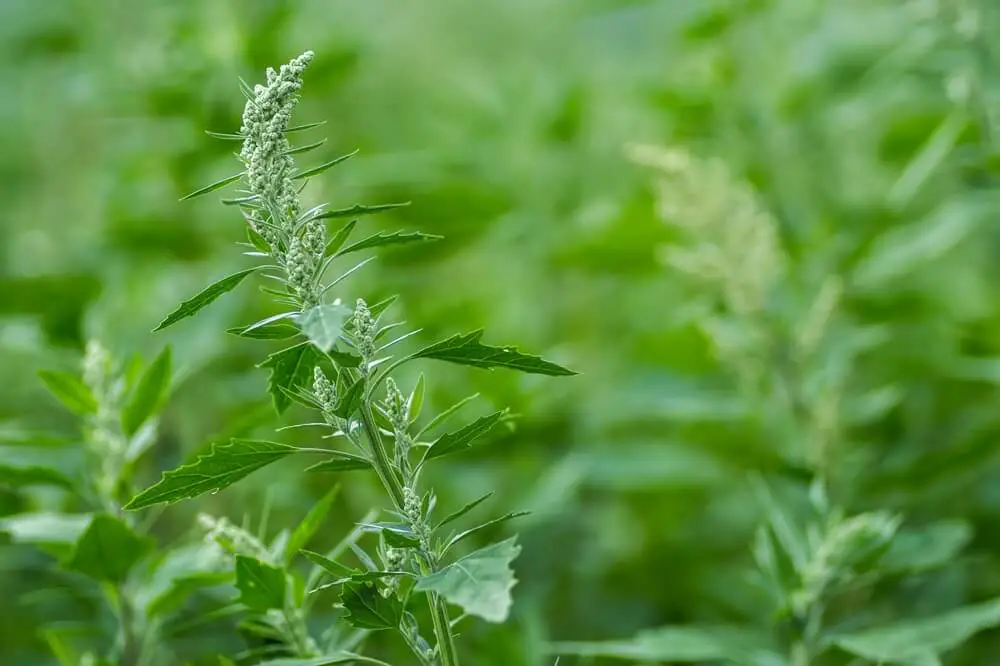
Lamb's quarters can be found growing wild in meadows or fields. The leaves of this plant can be eaten raw or cooked, and taste similar to spinach. Lamb's quarters are an excellent source of vitamins A and C, as well as iron and magnesium.
11. Pigweed Amaranth
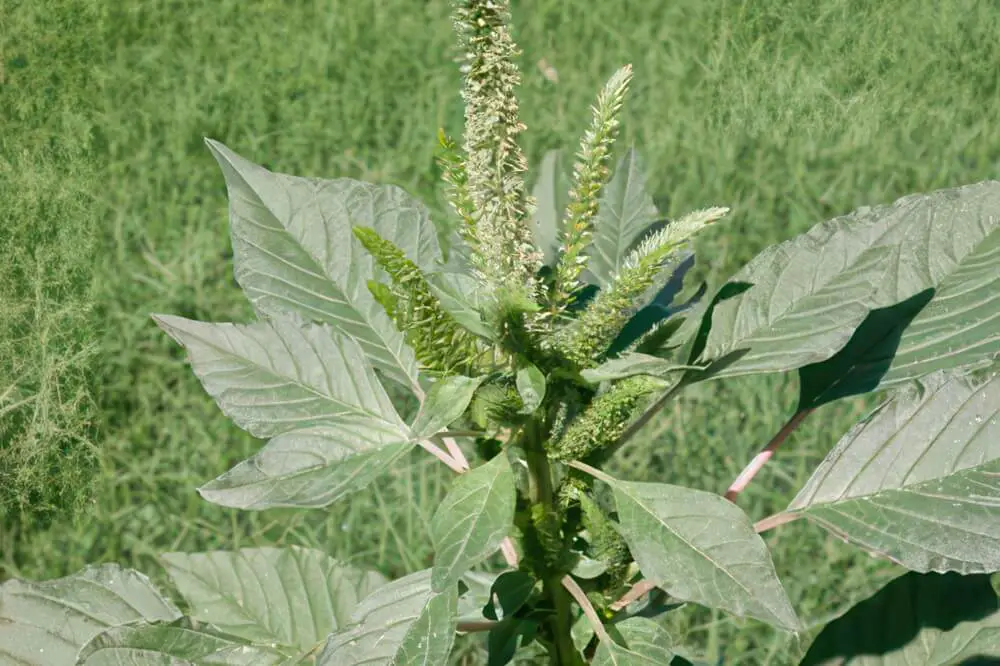
Pigweed amaranth—also known as redroot pigweed—is an annual plant that can be found in gardens and fields throughout North America. The plant is easy to identify thanks to its bright green leaves and red stems. All parts of the pigweed amaranth plant are edible, but the young leaves are generally considered to be the best. They can be added to salads or cooked like spinach.
12. Wild Garlic
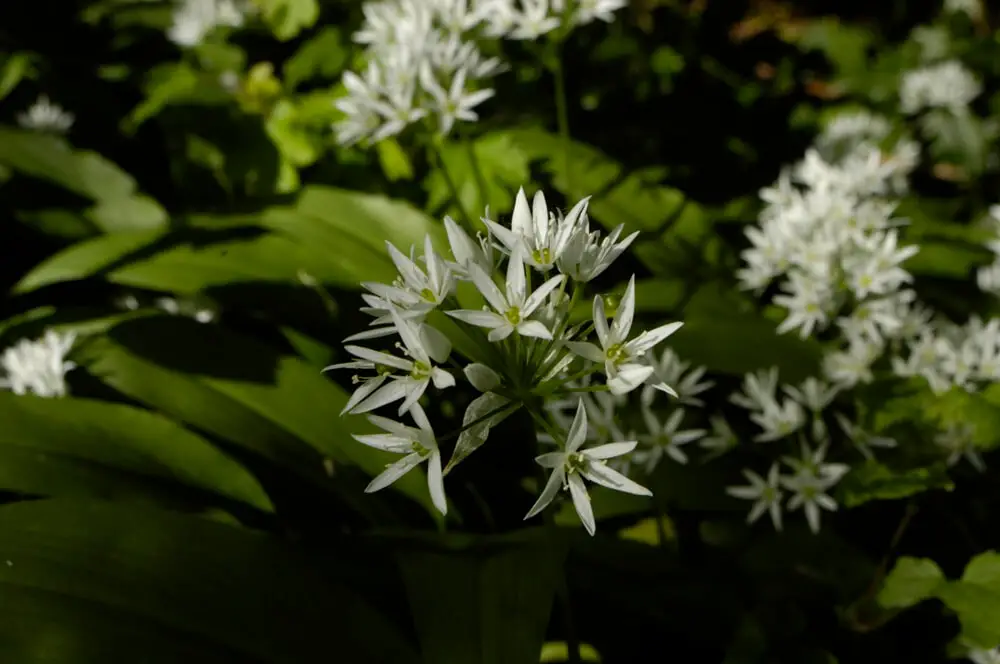
Also known as ramps, wild garlic is a perennial herb that is native to North America. Wild garlic plants have long, flat leaves and small white flowers. Both the leaves and bulbs of wild garlic are edible and can be used in a variety of dishes. Wild garlic leaves can be used in salads or soups, while the bulbs can be roasted or sautéed.
13. Thistle
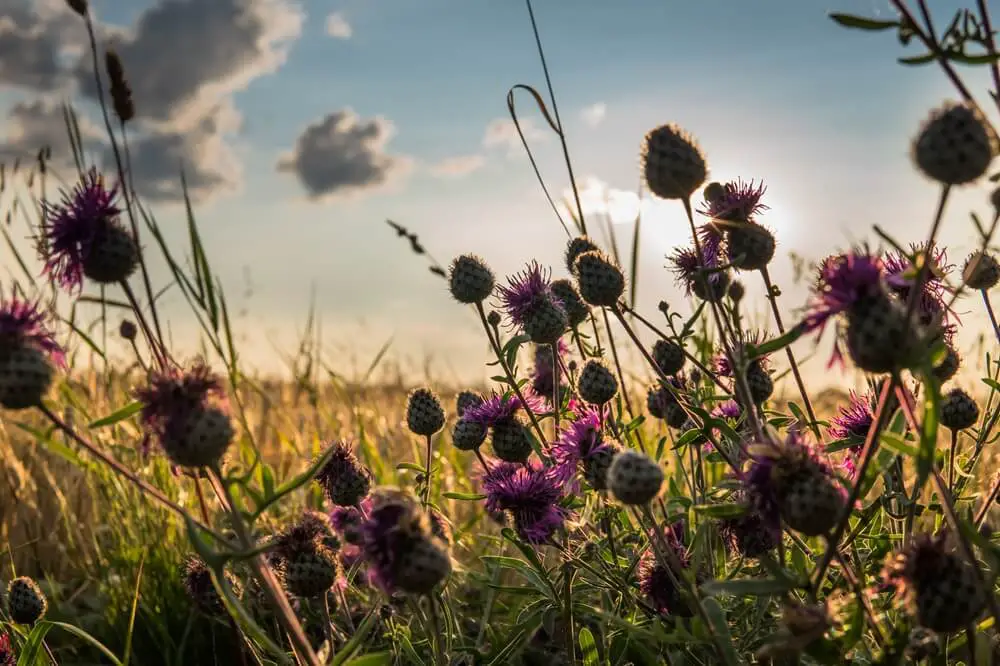
Thistle is a prickly weed that is native to Europe, Asia, and Africa. The plant has sharp spines on its leaves and stem, which can make it difficult to handle. However, if you can get past the prickles, thistles are actually quite edible. The young leaves of the plant can be cooked and eaten like spinach, while the root can be peeled and boiled or roasted.
14. Stinging Nettle

Stinging nettle is a perennial herb that is found throughout Europe, Asia, Africa, and North America. As its name suggests, stinging nettle is covered in tiny hairs that release a chemical when they come into contact with skin, which causes a stinging sensation.
However, these same hairs also contain a number of nutrients including magnesium, potassium, iron, and calcium. When cooked, stinging nettles lose their sting and taste similar to spinach or Swiss chard. They can be used in soups, stews, or sautés.
15. Chicory

Chicory is a perennial herb that has long been cultivated for its medicinal properties. The plant has blue or lavender flowers and deeply lobed leaves. Chicory roots can be roasted and ground to make a coffee substitute or additive, while the leaves can be used in salads or cooked like spinach.
16. Sheep Sorrel
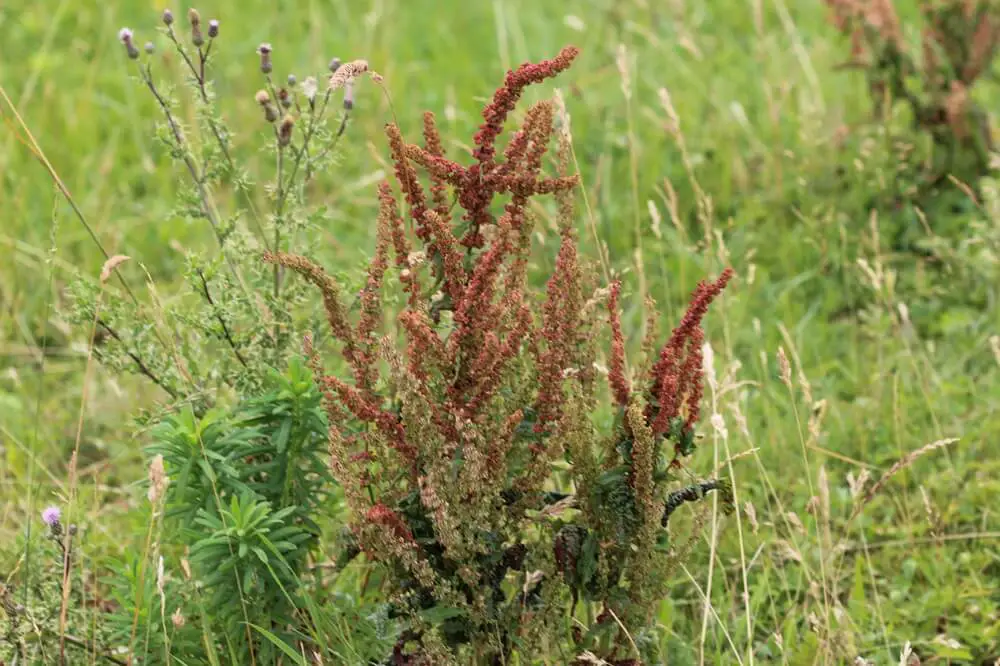
Sheep sorrel is a perennial weed that is native to Europe but now grows throughout North America as well. The plant has long been used as an herbal remedy for everything from indigestion to cancer.
Sheep sorrel leaves can be eaten raw or cooked and have a sour lemony flavor that makes them a great addition to salads or other dishes where you want a little bit of tanginess without having to use lemon juice or vinegar.
17. Daisies

Daisies are lovely flowers that add a splash of color to any garden. But did you know that these pretty flowers are also edible? The petals of the daisy are great for adding flavor to salads, and the leaves can be steamed or sautéed like spinach. Just make sure to avoid the flower's center, as it can be quite bitter.
18. Red Clover
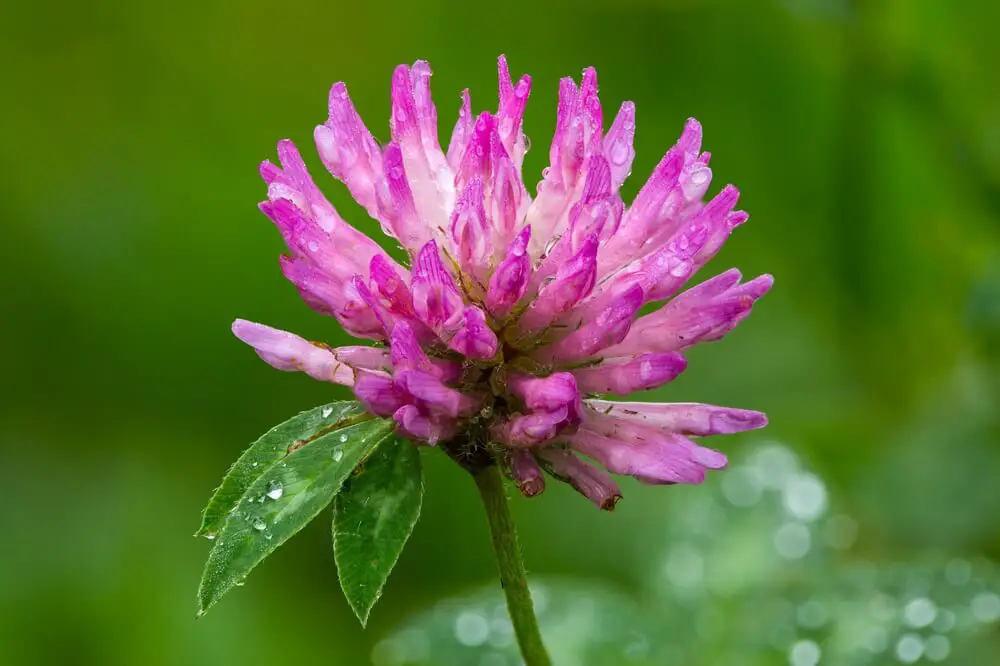
Red clover is a common weed that is often found in lawns and gardens. But this weed is actually a legume, which means it's packed with protein, fiber, and nutrients. The leaves of the red clover plant can be eaten raw or cooked, and they make a great addition to salads. The flowers can also be used to make a tasty herbal tea.
19. Garlic Mustard
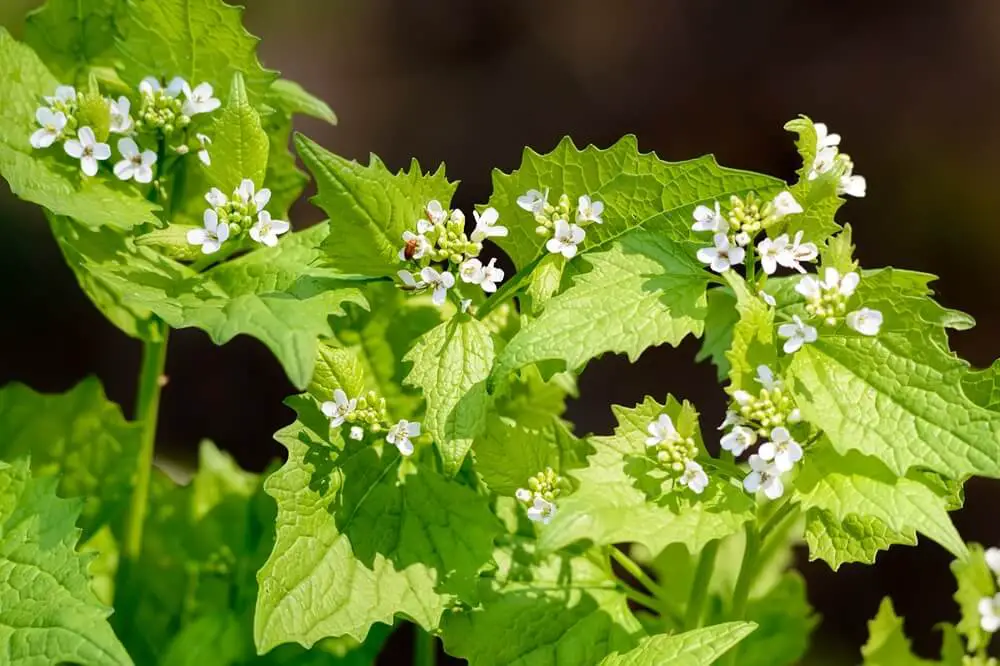
Garlic mustard is an invasive weed that many gardeners try to get rid of. But this weed is actually edible—and quite delicious! The leaves of the garlic mustard plant have a strong garlic flavor that makes them perfect for pesto or other sauces. The roots can also be roasted and used as a flavorful vegetable side dish.
20. Plantain
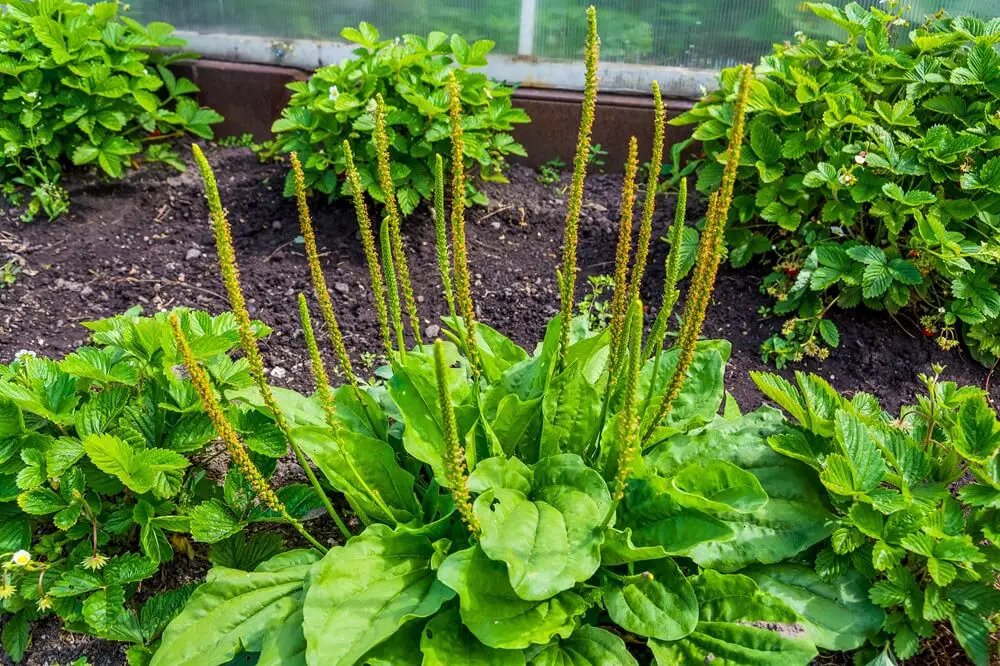
Plantain is a common weed that grows in both lawns and gardens. This weed has been used for centuries for its medicinal properties—it's said to be effective in treating everything from insect bites to diarrhea—but it's also edible. Both the leaves and the seeds of the plantain plant can be eaten raw or cooked, and they make a great addition to salads and other dishes.
21. Wild Violets
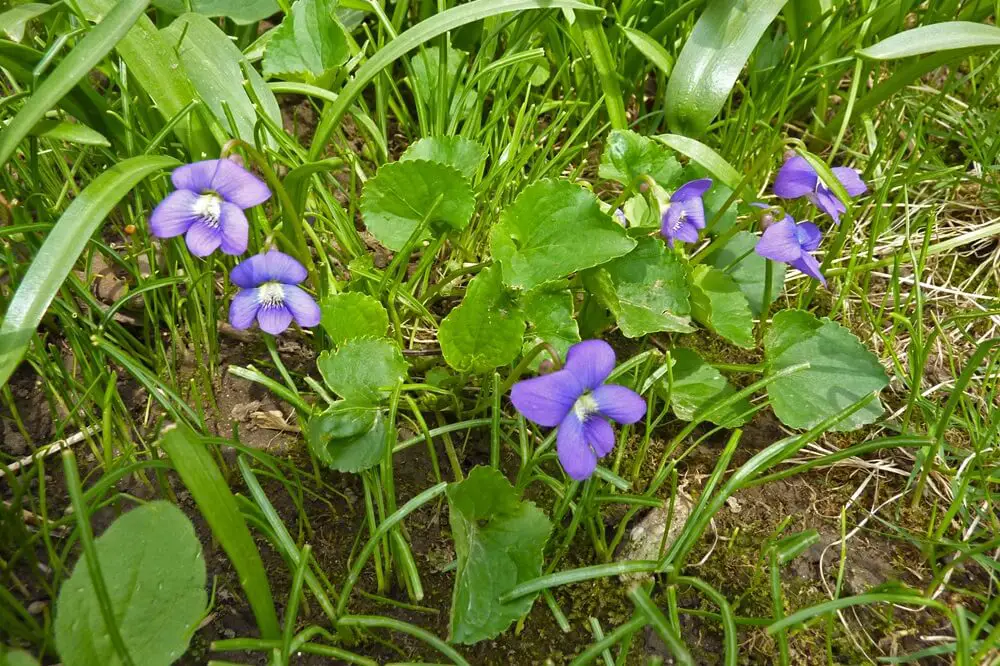
Wild violets are beautiful flowers that add color and life to any garden. But these flowers are more than just pretty—they're also edible! The leaves of the wild violet plant can be eaten raw or cooked, and they make a great addition to salads, soups, and stews. The flower petals can also be used to decorate cakes or cupcakes.
22. Wood Sorrel
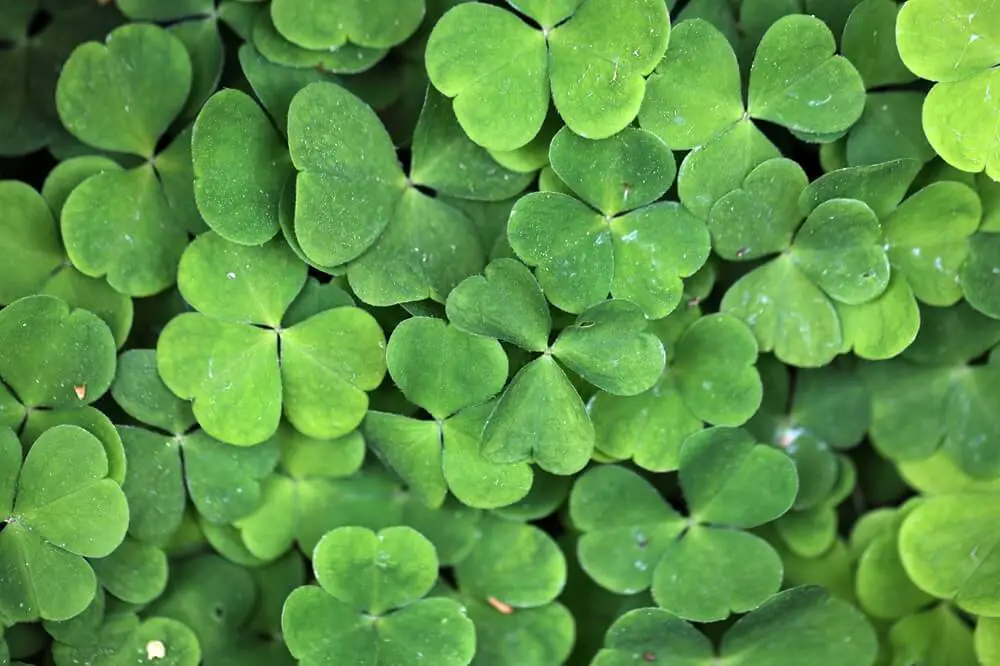
This little weed is one of the tastiest around! It has a lemony flavor that makes it perfect for salads or as a garnish. Wood sorrel is also rich in Vitamin C and antioxidants.
23. White Clover

Don’t let its innocent-looking white flowers fool you, this weed is packing some serious flavor! White clover has a nutty taste that goes well in soups or stews. It’s also a great source of protein.
24. Goldenrod

Goldenrod may be best known for its role in hay fever, but did you know that it’s also edible? This weed has a slightly sweet taste and can be used in herbal teas or added to salads. Goldenrod is also rich in Vitamin A and minerals like iron and potassium.
25. Queen Anne’s Lace
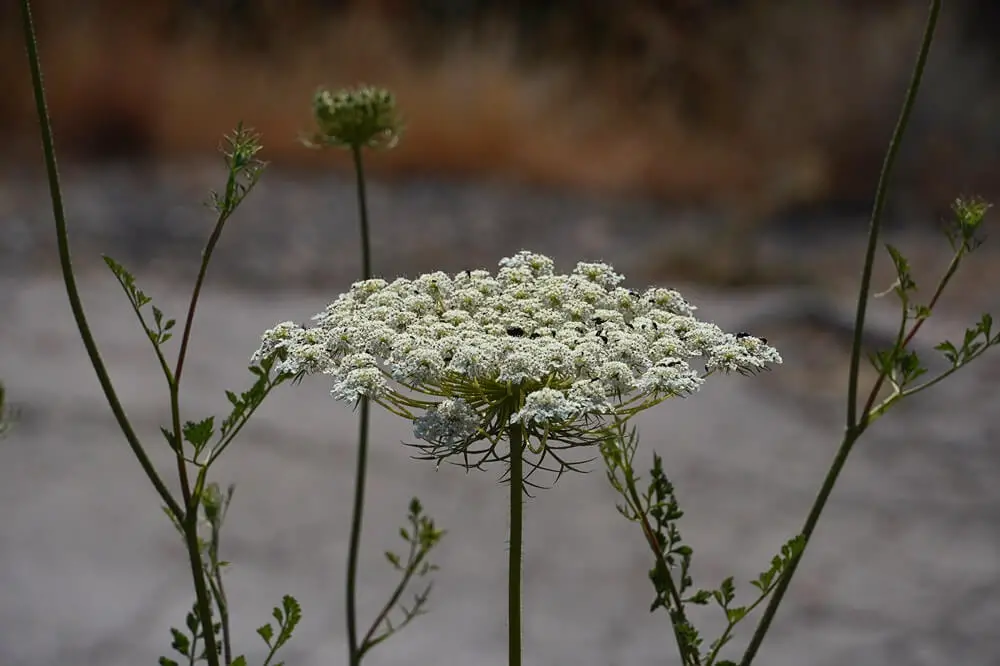
This weed gets its name from its delicate white flowers, which resemble lace. Queen Anne’s lace is related to carrots, so it’s no surprise that it has a similar taste. This weed can be eaten raw or cooked and is a good source of Vitamin C.
26. Yarrow
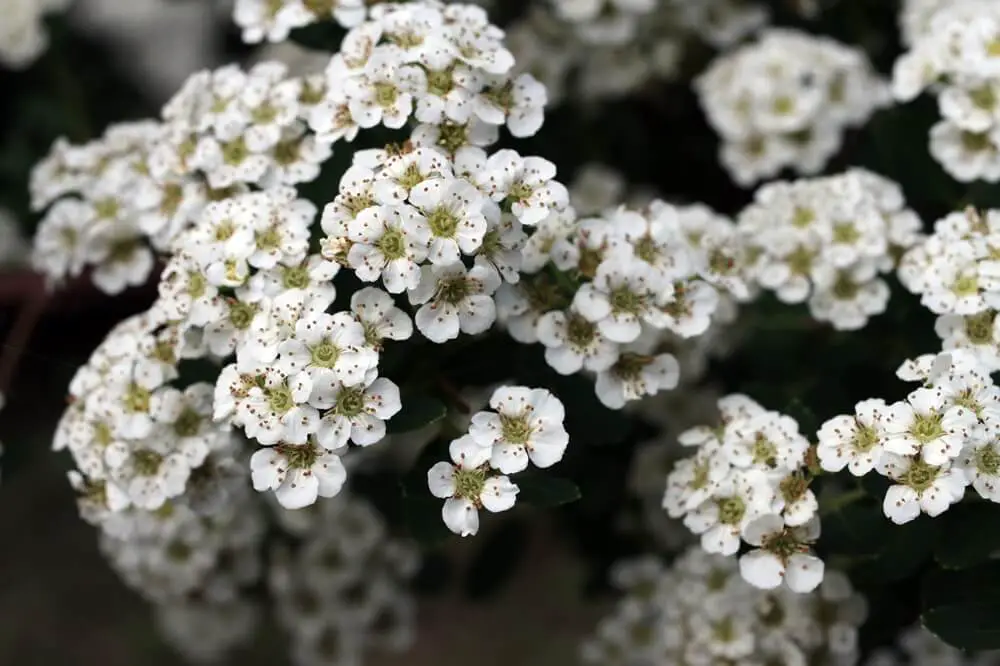
Yarrow is a perennial herb that is commonly found in North America, Europe, and Asia. The young leaves can be eaten raw in salads or cooked like spinach. Yarrow also has a long history of use in traditional medicine and is said to have many health benefits including reducing inflammation, healing wounds, and helping with colds and flu.
27. Mullein
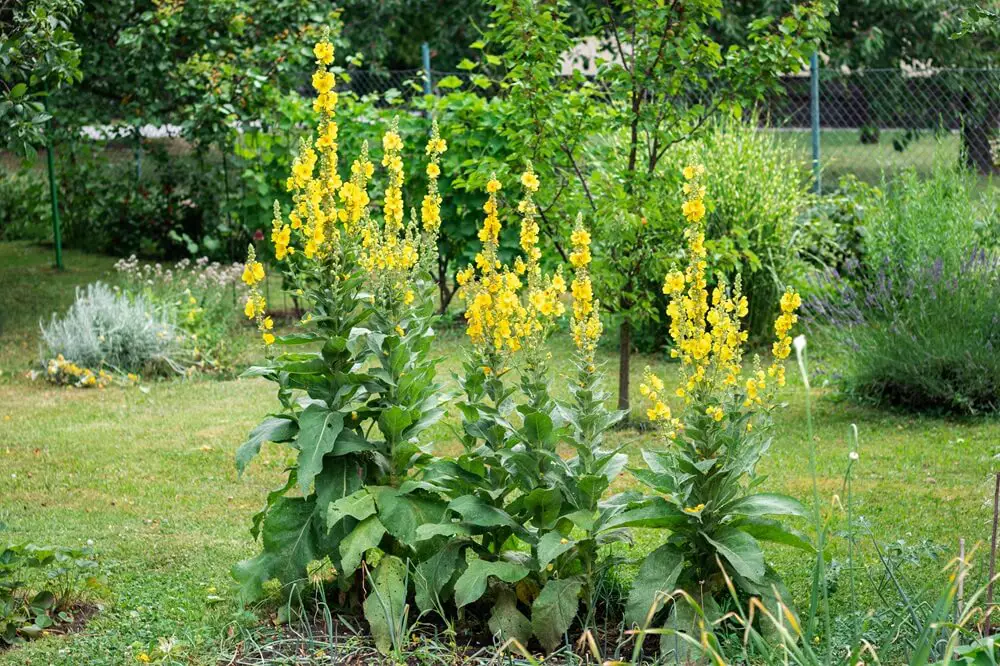
Mullein is a biennial herb that grows in Europe, Asia, Africa, and North America. The leaves can be eaten raw or cooked and are often used as an ingredient in soups and stews. Mullein is also said to have medicinal properties and has been used to treat respiratory problems such as bronchitis and asthma as well as skin conditions such as eczema and wounds.
28. Japanese Knotweed

Japanese knotweed is a perennial plant that is classified as one of the worst invasive species in the world. But before you go reaching for the Roundup, consider this: Japanese knotweed is actually edible! The young shoots can be cooked and eaten like asparagus while the older leaves can be used in stir-fries or soups. Knotweed is also rich in nutrients like vitamin C, iron, and calcium.
29. Kudzu
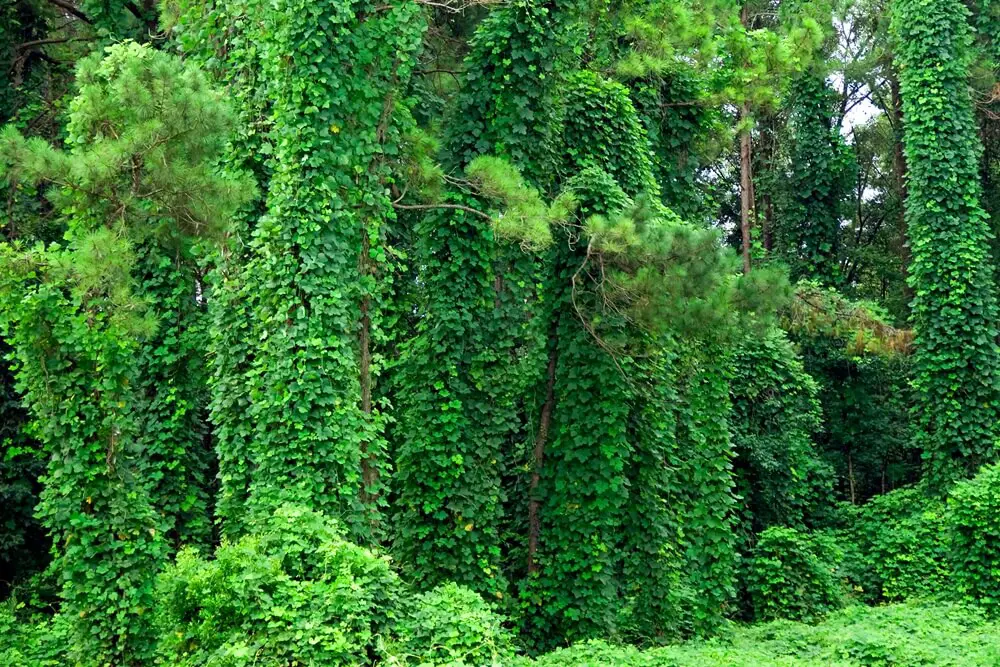
Kudzu is a climbing vine native to Japan and China that has become naturalized in much of the southeastern United States. The vines can be cooked and eaten like greens while the flowers can be used to make jelly or wine. Kudzu is also said to have medicinal properties and has been used to treat everything from headaches to diarrhea.
30. Watercress
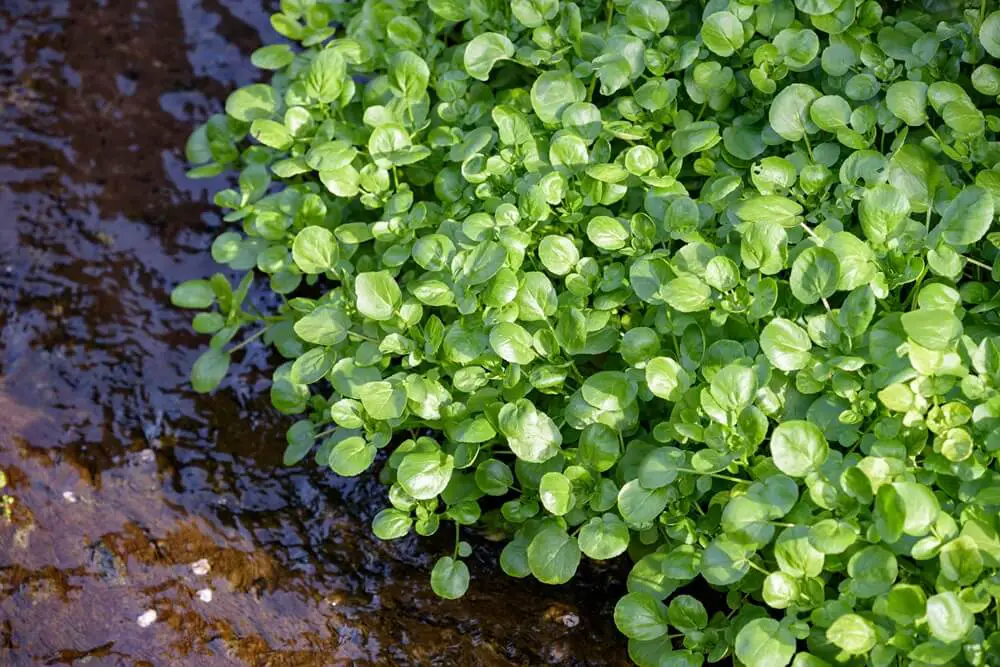
Watercress is an aquatic plant that typically grows near slow-moving streams or ponds. The leaves can be eaten raw in salads or cooked like spinach while the stems can be pickled or used to make soup. Watercress is also a good source of vitamins A and C as well as minerals like iron and calcium.
Tips for Harvesting, Cooking, and Eating Edible Weeds
The best time to harvest most edible weeds is in the spring or fall, when the plants are young and tender. However, you can also harvest many types of weeds throughout the summer. If you're not sure whether a weed is edible or not, it's always best to err on the side of caution and consult a knowledgeable source before consuming it.
When harvesting edible weeds, be sure to only take what you need from each plant. This will ensure that the plant can regrow and continue to provide food for you and other wildlife in the future. It's also important to avoid areas where chemicals have been sprayed, as this could make the plants poisonous.
Once you've harvested your edible weeds, it's time to get cooking! Many edible weeds can be eaten raw, but cooking them will make them more palatable and increase their nutrient availability. Here are some ideas for incorporating edible weeds into your meals:
- Sauteed dandelion greens make a delicious side dish.
- Chickweed can be added to salads or used as a garnish.
- Lamb quarters can be used in place of spinach in any recipe.
- Clover leaves can be cooked like collard greens.
Final Thoughts
With a little bit of effort, you can turn those pesky weeds in your garden into a delicious and healthy meal! By following these tips for harvesting and eating edible weeds, you'll be able to enjoy all that nature has to offer—without breaking the bank.
Like this post? Don't Forget to Pin It On Pinterest!

